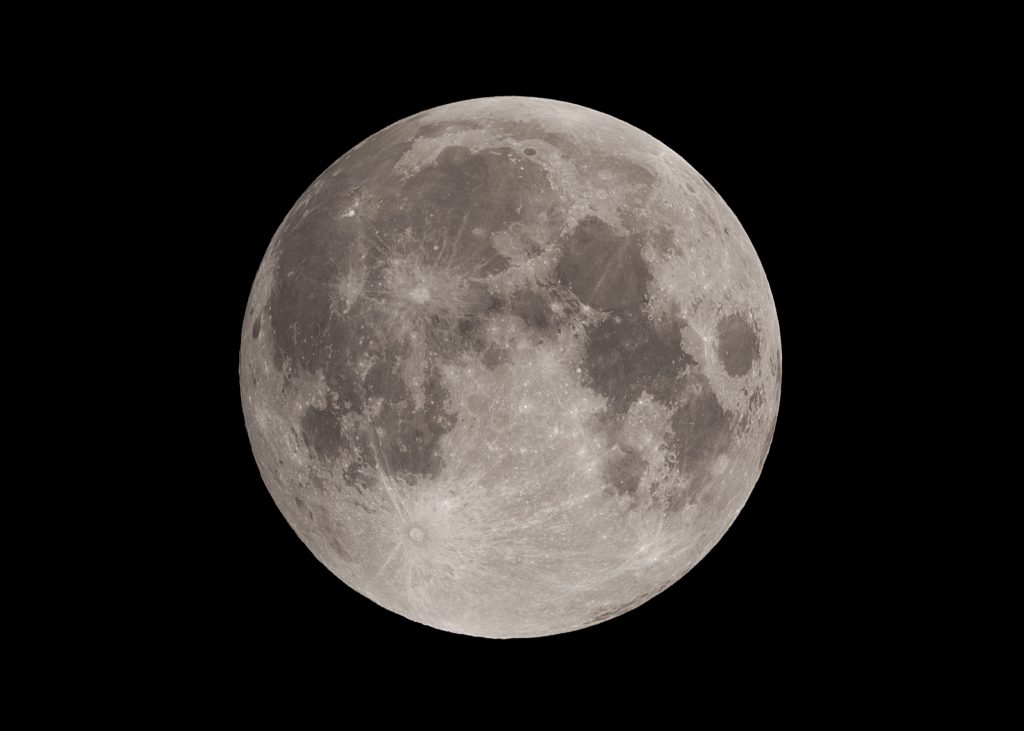
JUNE 10 – New moon and eclipse of the moon. Unfortunately, it will only be a partial eclipse in our area.
JUNE 21 – Summer Solstice. The sun will have reached its most northern position in the sky. It is our first day of summer in the Northern Hemisphere. Full Moon photo by Jim Bonser
JUNE 24 -Full Moon Super Moon. It is known by the Native Americans as the Strawberry Moon, because it signaled the time of year to gather ripening fruit. This is the last of the three super moons of 2021.
JULY 10 – New Moon
JULY 24 – Full Moon. It was known to Native Americans as the Buck Moon, because the male deer would begin to grow their new antlers.
JULY 28-29 – Delta Aquarids Meteor Shower. It is an average meteor shower that can produce 20 meteors per hour. It runs from July 12 through Aug 23 and peaks on July 28-29. Meteors will radiate from the constellation Aquarius, but can appear anywhere in the sky.
AUG 2 – Saturn will be at its closest approach to the Earth. It will be brighter than any other time of the year.
AUG 12-13 – Perseid Meteor Shower. One of the best meteor showers to observe since it can produce up to 60 meteors per hour. The shower runs from July 17 through August 24 and peaks August 12-13.
AUG 19 – Jupiter will be at its closest approach to the Earth and will be brighter than any other time of the year.
AUG 22 – Full Moon, Blue Moon. There are normally three full moons in each season of the year. Since full moons occur every 29.53 days, occasionally a season will contain four full moons. The extra full moon of the season is called a Blue Moon. Blue Moons only occur on average every 2.7 years which gives rise to the term “once in a blue moon.”